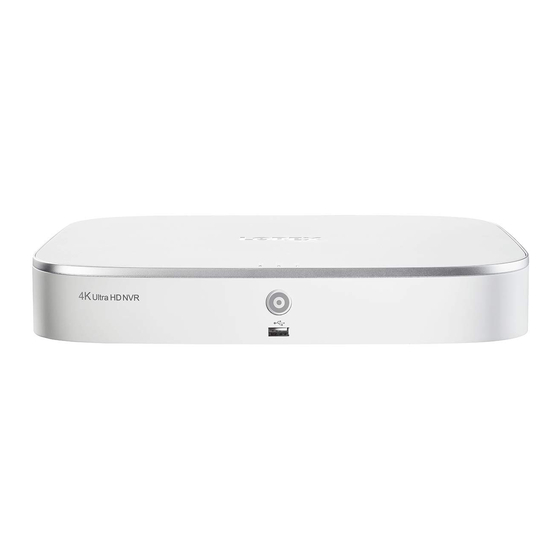
Lorex N841 Series User Manual
Hide thumbs
Also See for N841 Series:
- Quick setup manual (2 pages) ,
- Quick setup manual (2 pages) ,
- Quick setup manual (2 pages)
Table of Contents
Advertisement
Quick Links
Advertisement
Table of Contents

















Need help?
Do you have a question about the N841 Series and is the answer not in the manual?
Questions and answers